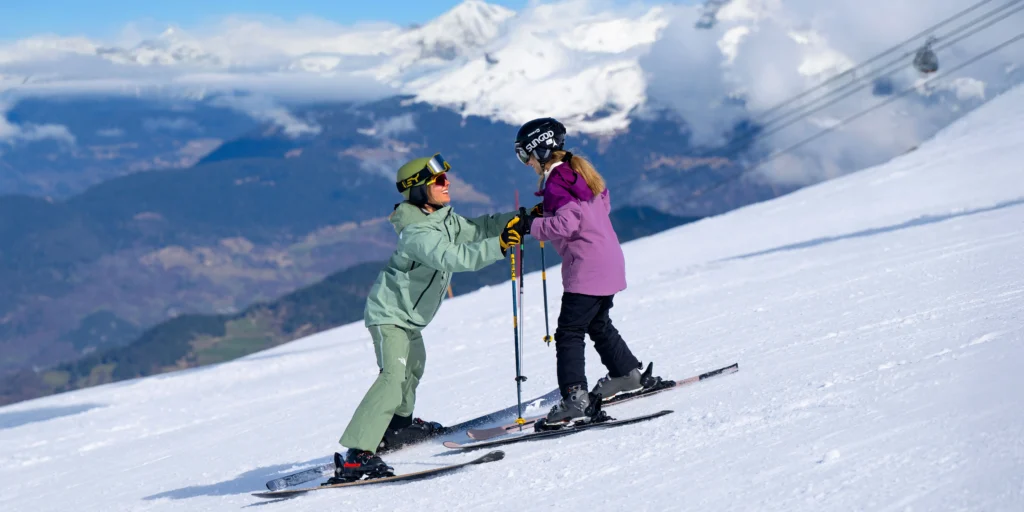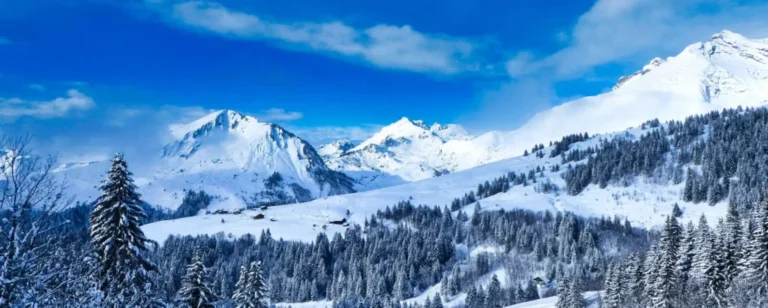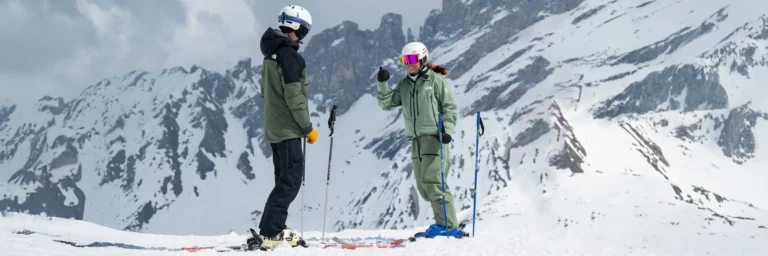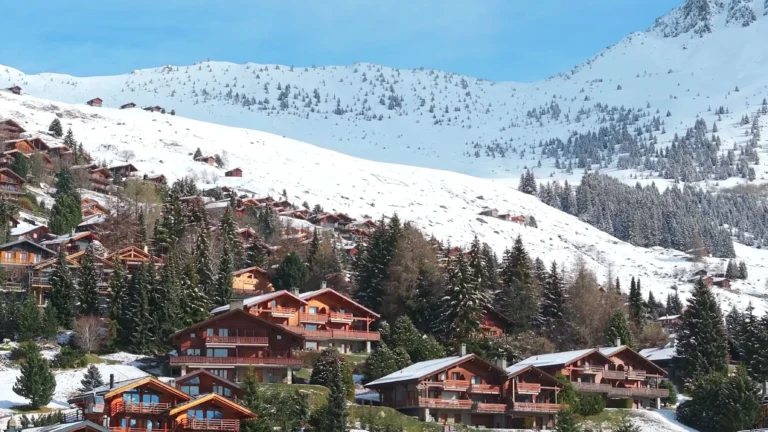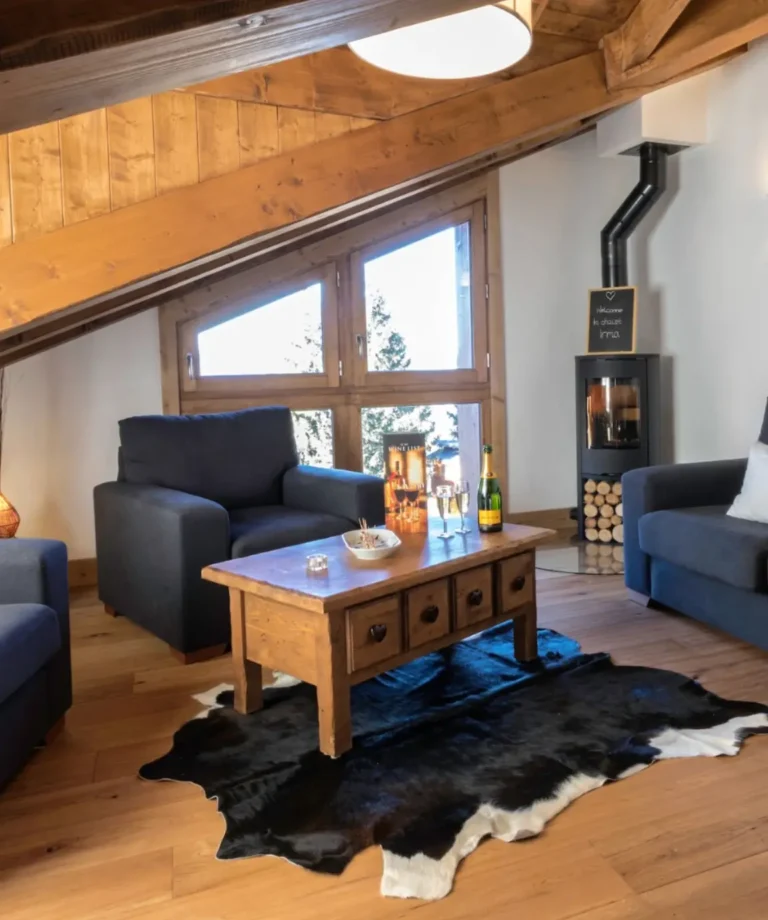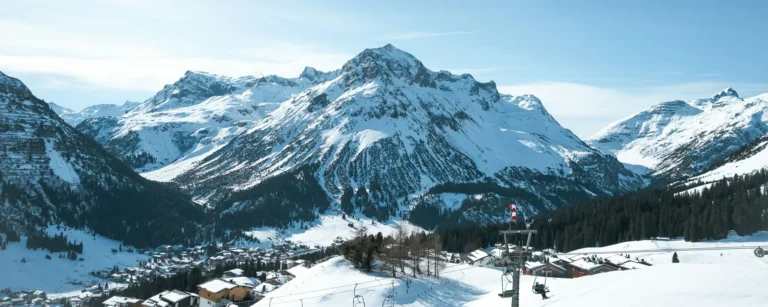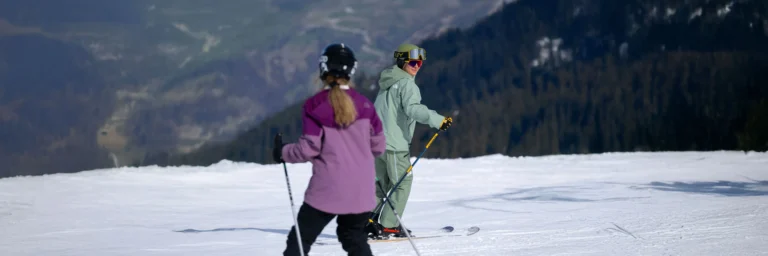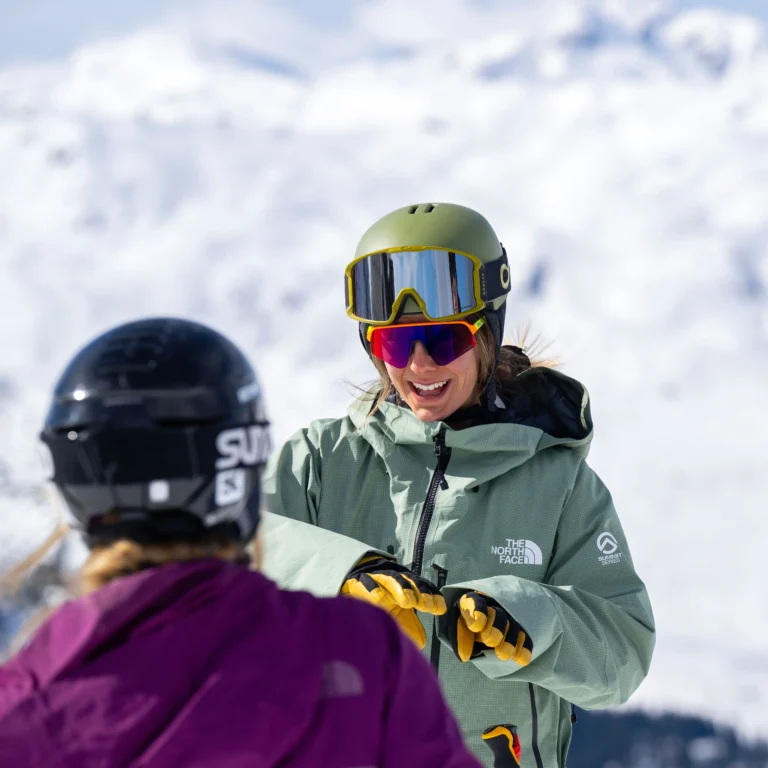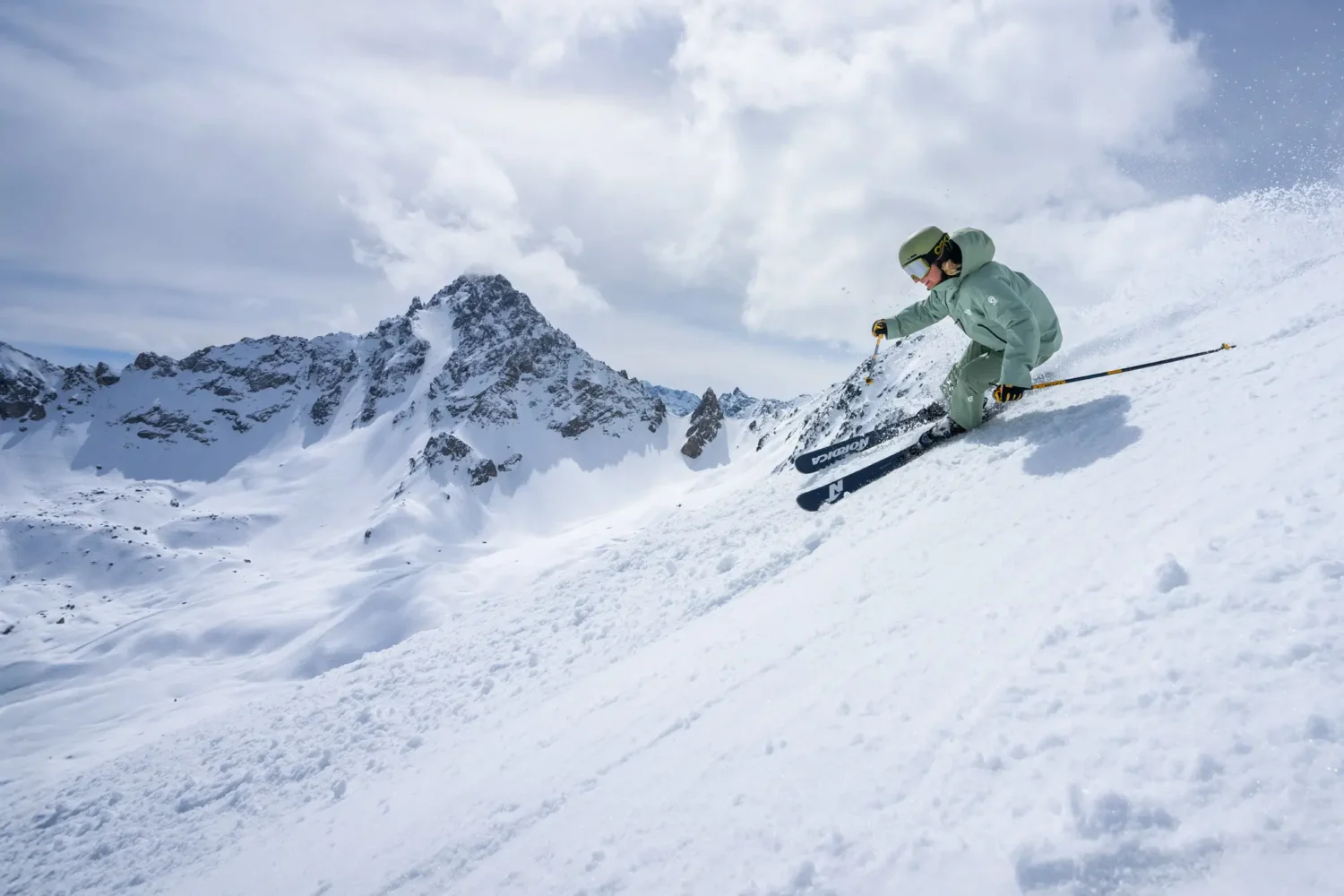You’re not alone if you’ve spent more than a few days on the slopes and still find yourself glued to the snowplough. It’s a common plateau for beginners—and one of the most frustrating. The snowplough is a safe and stable way to get started on skis. It’s also a technique that can prevent you from truly learning to ski when clung to for too long.
Why people get stuck in the snowplough
There are several reasons skiers get stuck at this level:
- Lack of confidence
Many people use the snowplough as a crutch to slow down or stop. When you move to parallel skis or steeper slopes, things feel faster. Many skiers unconsciously cling to the snowplough because it feels like a safety net. - Poor technique or bad habits
If you weren’t taught how to properly transition from snowplough to parallel, you might not know the necessary steps to transition to parallel, making progress much harder. - Not enough practice time
Even if you know the best way to progress to skiing parallel, you’ll have to practice it to make it feel natural. Up until this point, skiing in snowplough will be all that you know, so it’s normal for the transition to parallel skiing to take the time to build the muscle memory and confidence to advance. Many people plateau simply because they haven’t skied enough days in a row. - Overthinking or trying too hard
Ironically, trying to “make” your skis do things—especially when nervous—can lead to tension and a lack of flow. Skiing is about feeling and balance more than brute effort or rigid form.
How to move beyond the snowplough
1. Stick to shallower slopes
Going too steep too early can lead to people sticking to what they feel safe doing to control their speed. This means that they often fall back on the snowplough. Practice parallel on shallow slopes until you can progress to steeper slopes. Green runs with lots of space allow you to experiment and gain confidence.
2. Get comfortable travelling straight in parallel
Work on having your skis parallel while they’re going across the mountain between your turns. This is the red section in the picture below. There’s no need to worry about them picking up speed as they go across the slope. This is a good way to get comfortable having your skis together and is a great place to start in your quest to ski in Parallel.
3. Ensure that you’re standing on your outside ski
A very common mistake is standing on your inside ski. Having too much weight on your inside ski will make it very difficult to move into parallel. Skiing in parallel relies on transferring your weight from one ski to the other to initiate the turn. If you can’t do this, then the only way you’ll be able to turn is with the snowplough.
4. Gradually narrow your plough
Don’t force parallel turns too soon. Instead, gradually bring your skis closer together on each turn. The wedge will naturally shrink as your control improves until the skis are parallel. It can help if you look for the feeling of lightening the pressure off your inside ski whilst doing this.
5. Lengthen your turns
Getting your skis around a very tight turn in parallel can be difficult. Longer turns give you more time to move your skis around the turn. It may feel daunting at first, but let your skis point down the mountain for a split second longer during the turn. This will make it far smoother. If you find yourself picking up some speed towards the end of the turn, keep turning for a split second longer until your ski tips point slightly up the slope. This is great for keeping your speed under control. Practising on a shallower slope may be a good idea if you still find this unnerving.
This graphic highlights the difference between a turn that is too tight and a longer, smoother one where the skis have more space to turn from left to right.
5. Get a lesson
Even if you had a lesson to get started on skis, having another lesson with an instructor focused on moving from snowplough to parallel turns can be game-changing. They’ll spot what’s holding you back and give tailored drills to fix it.
Final thoughts

Being stuck at snowplough level can be disheartening, especially if friends or family are progressing faster. But it’s not a dead end—just a sign that you need some focused time and guidance. With the right mindset and support, your snowplough will soon give way to smooth, confident parallel skiing. Remember, everyone was a beginner once, and it’s normal to face hurdles on your way to becoming a stronger skier.
